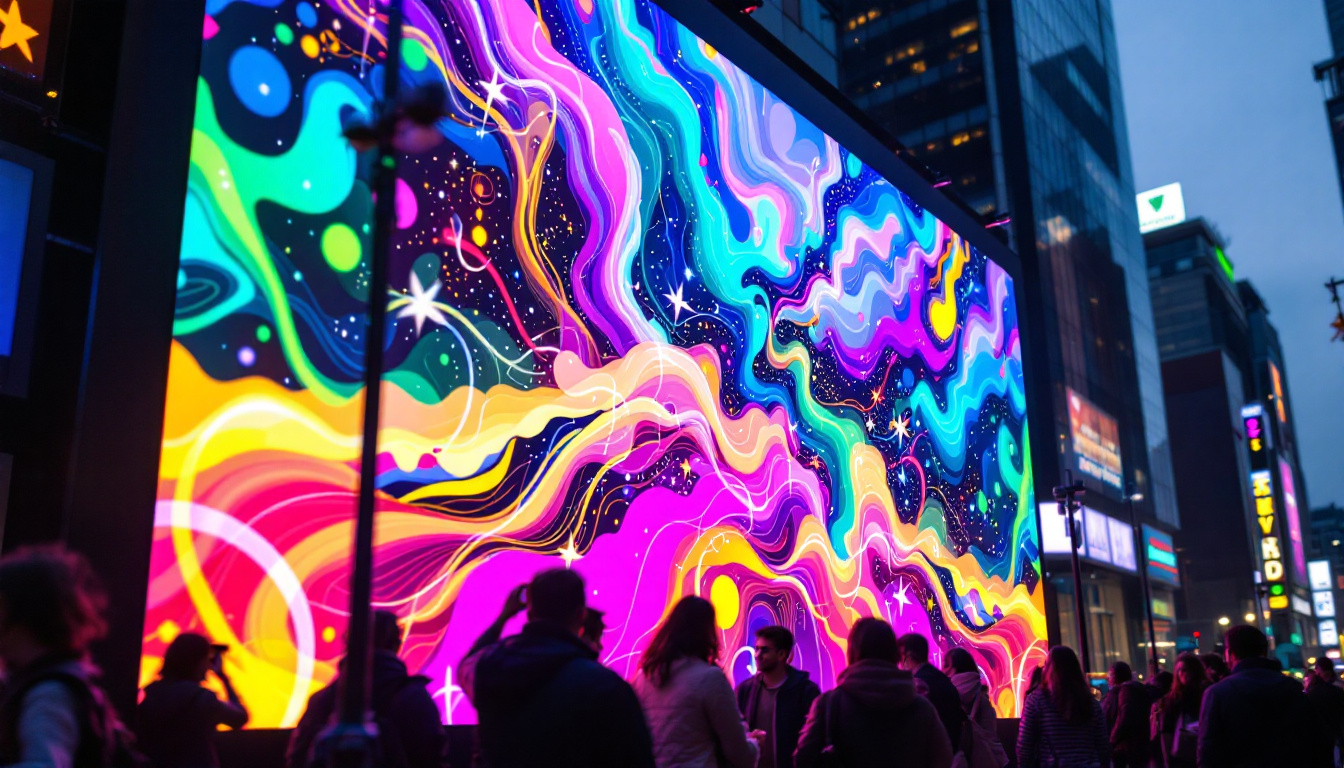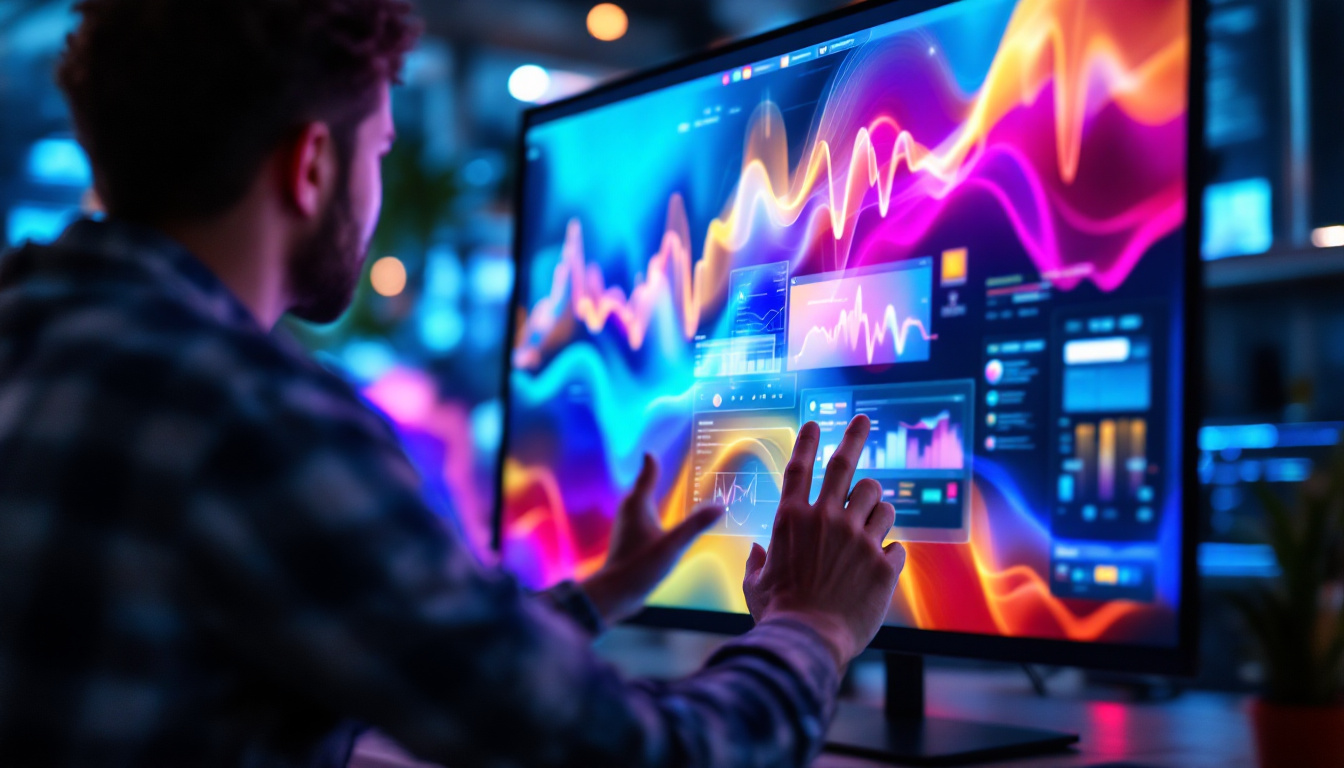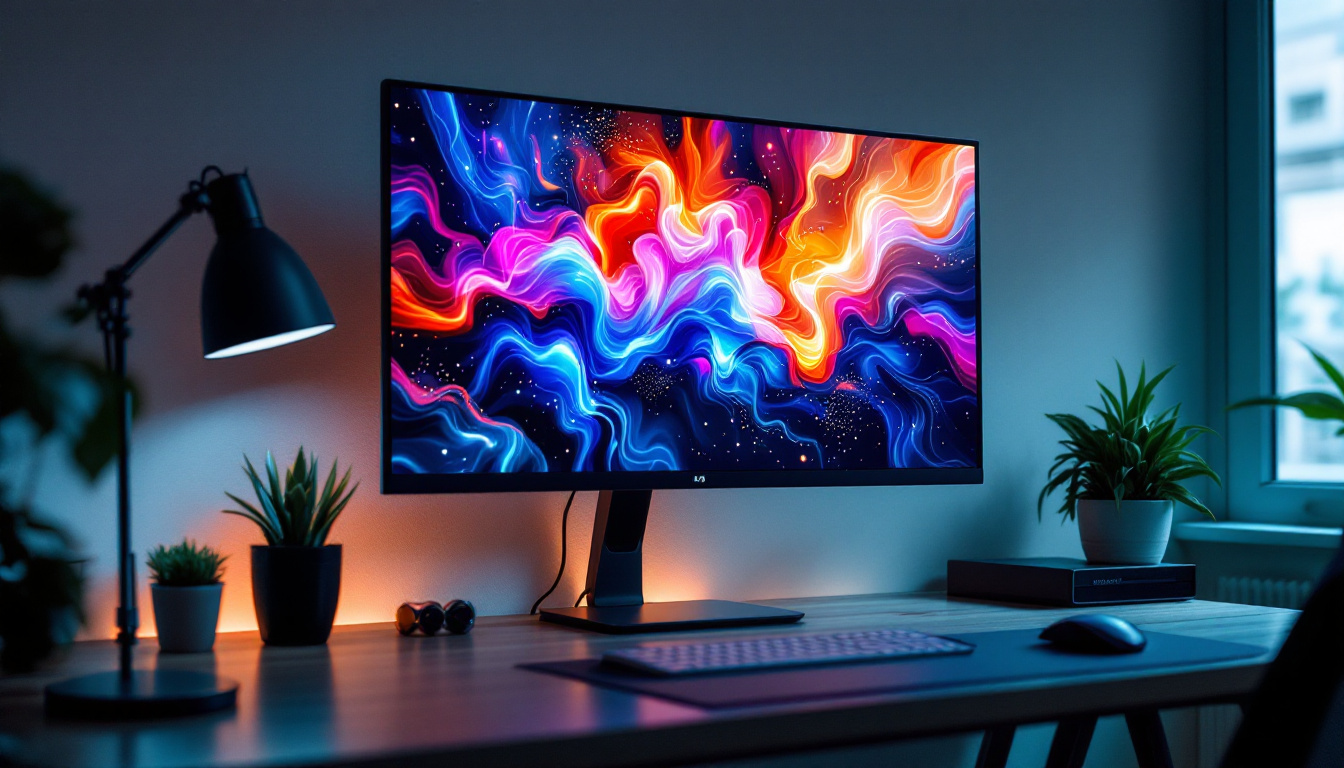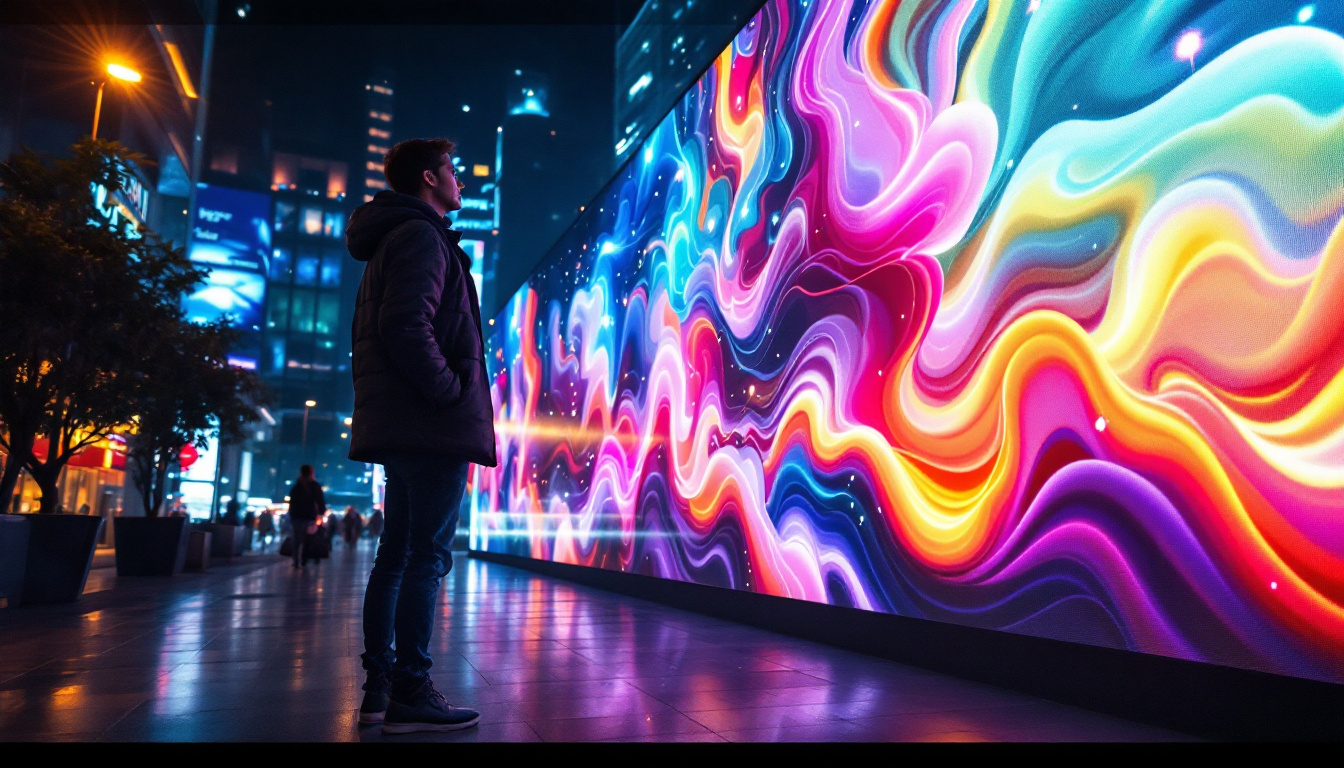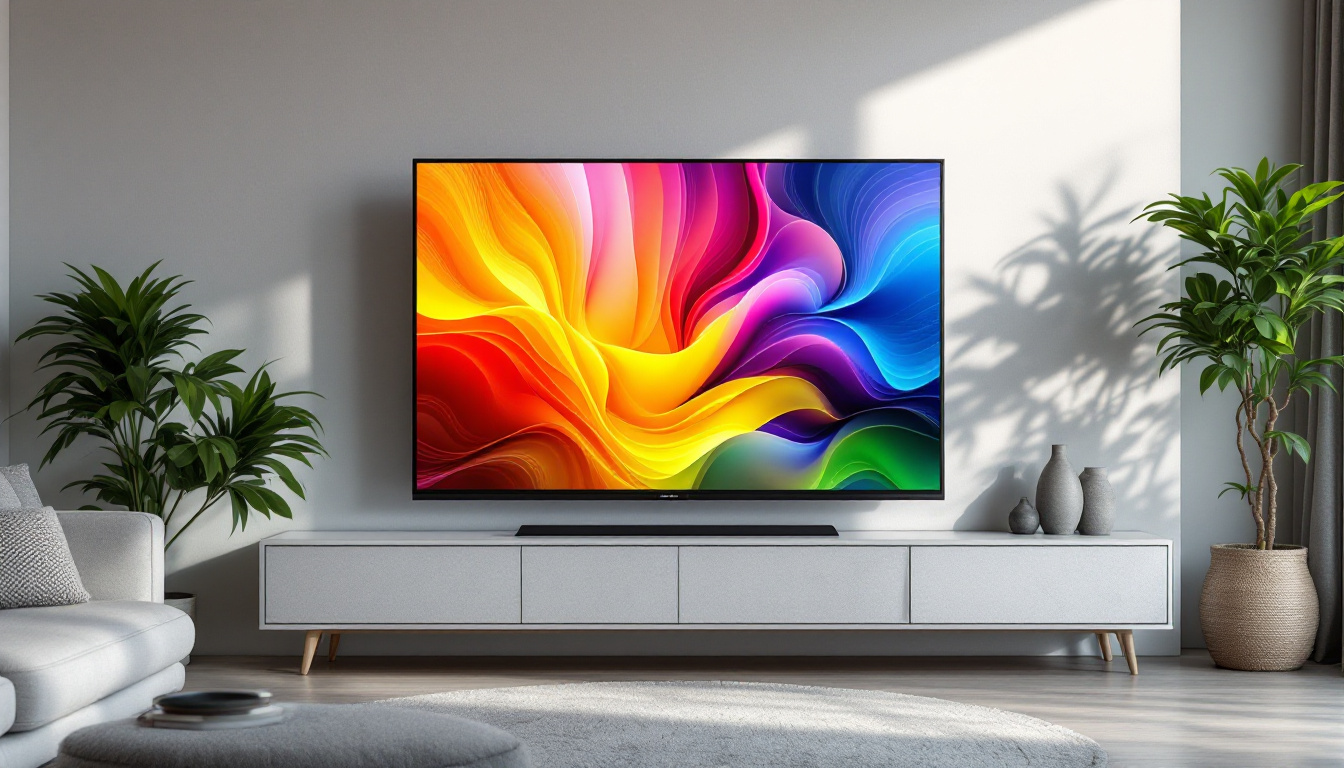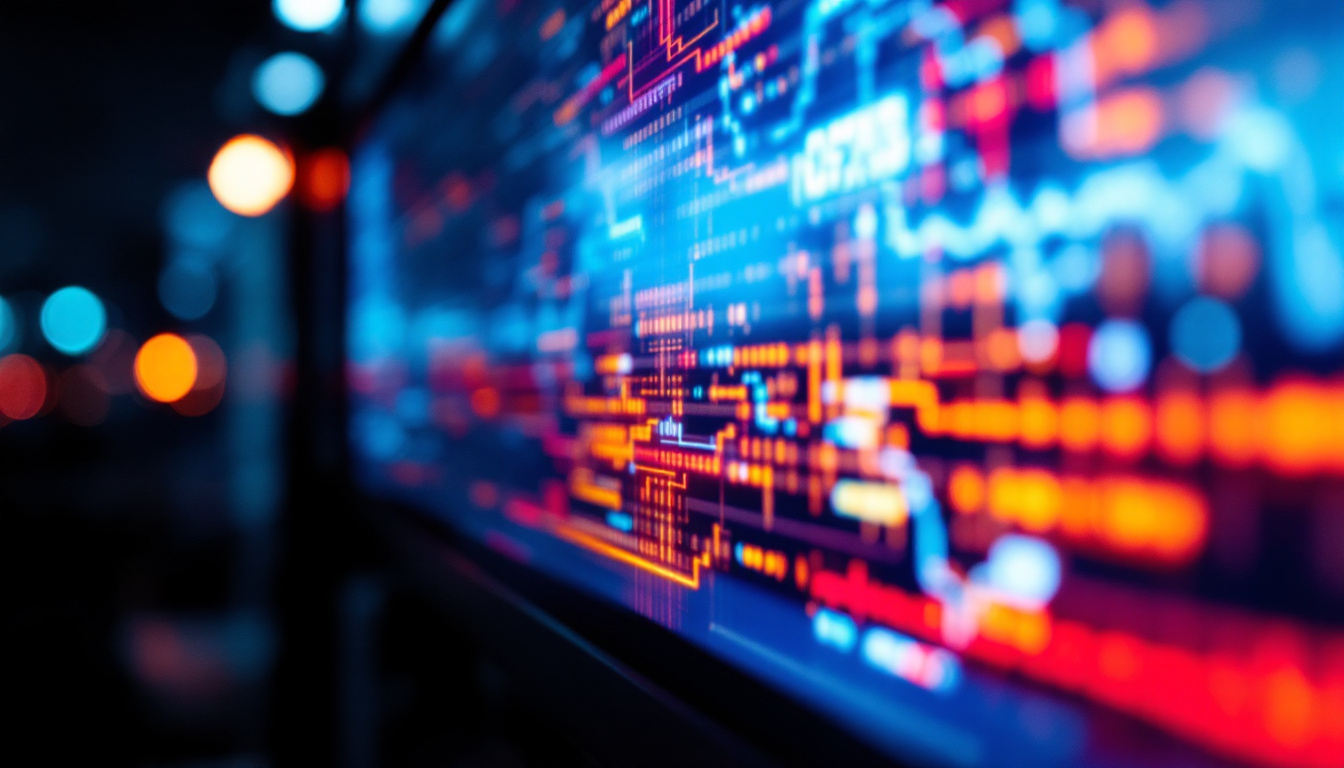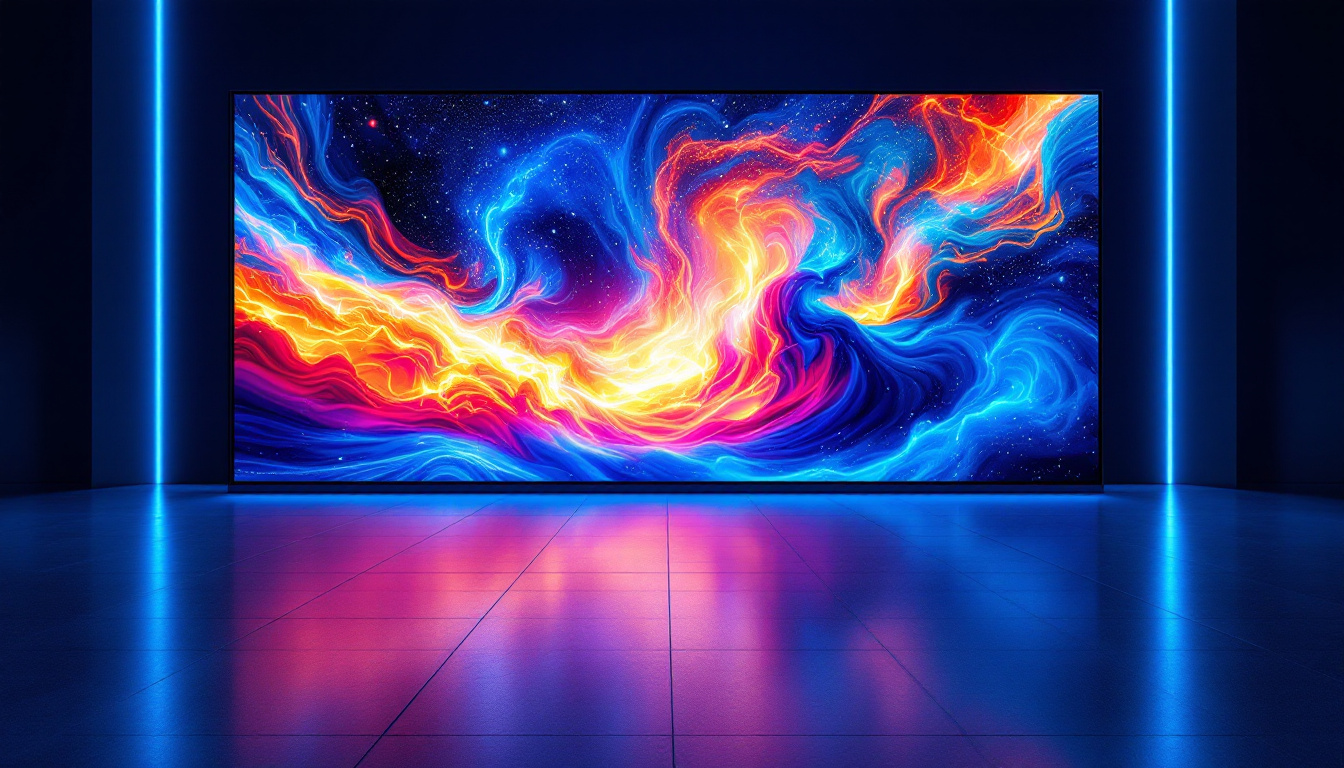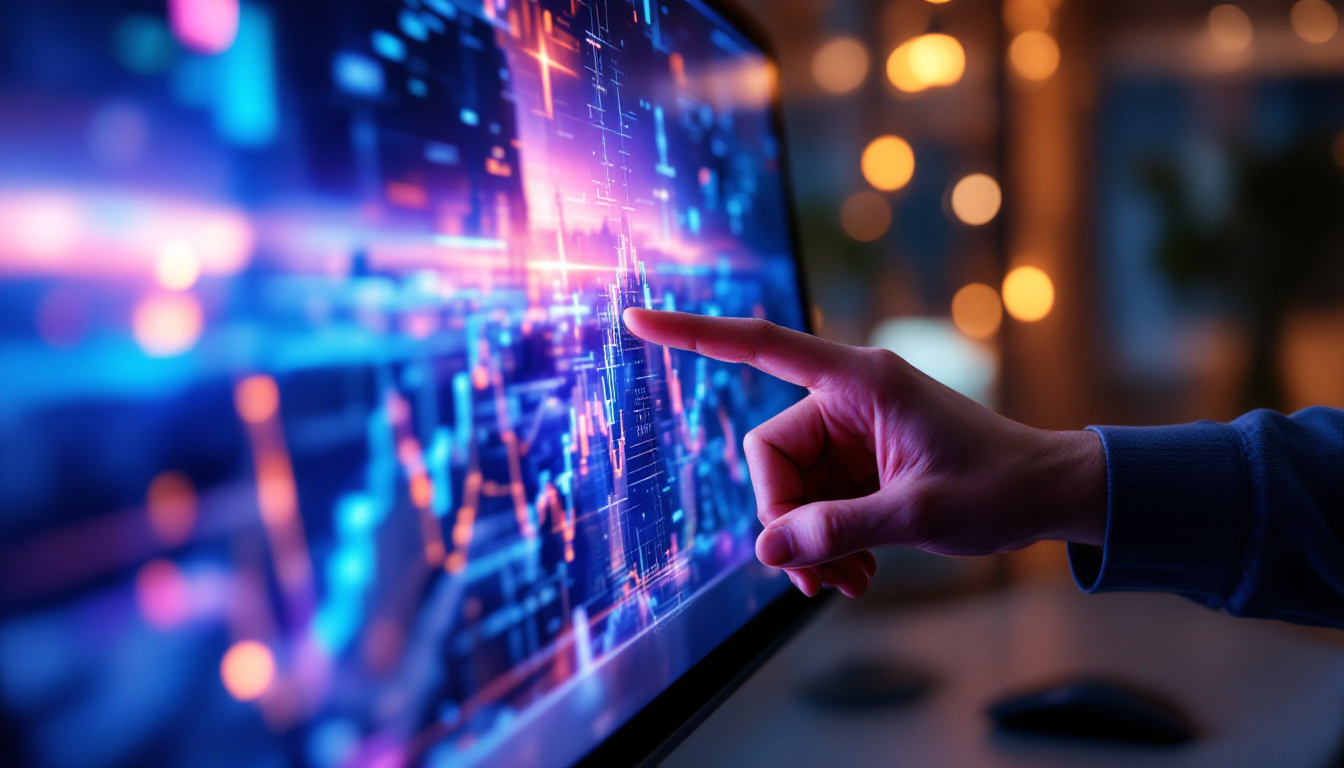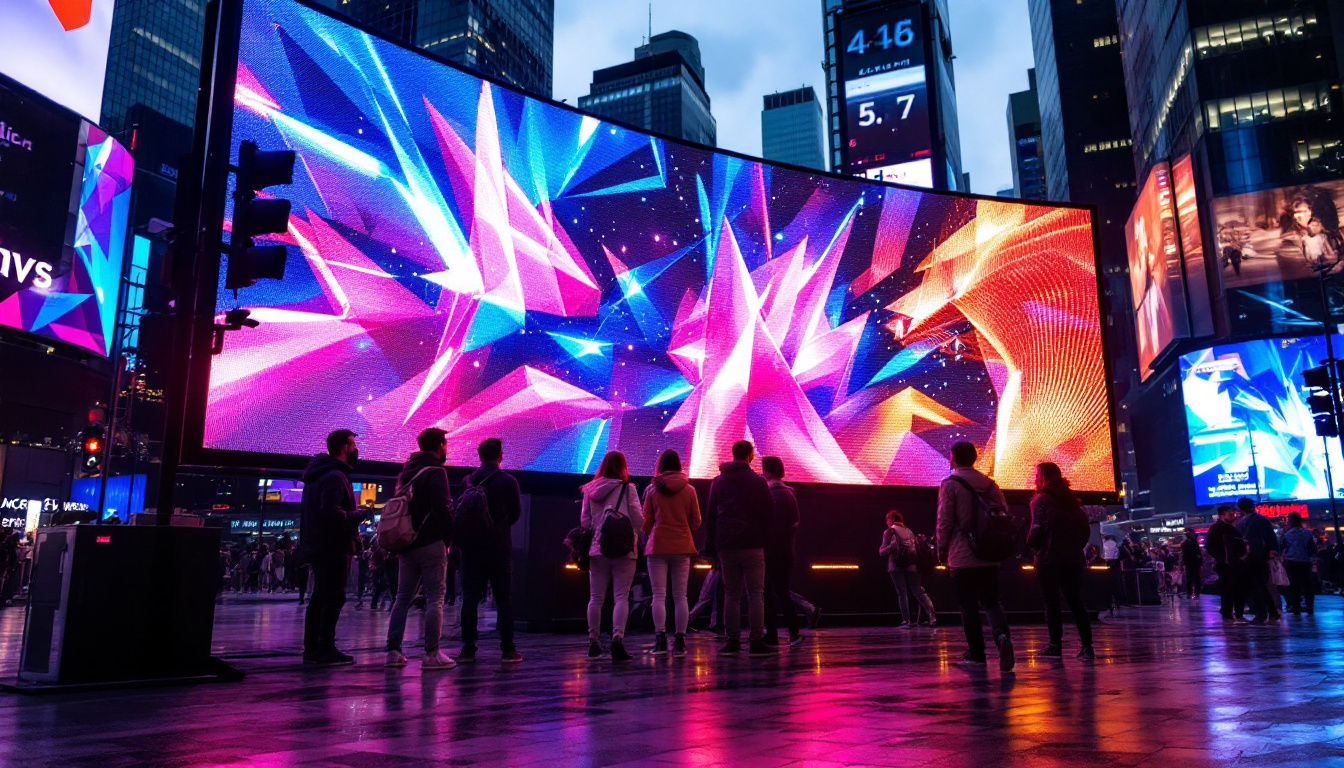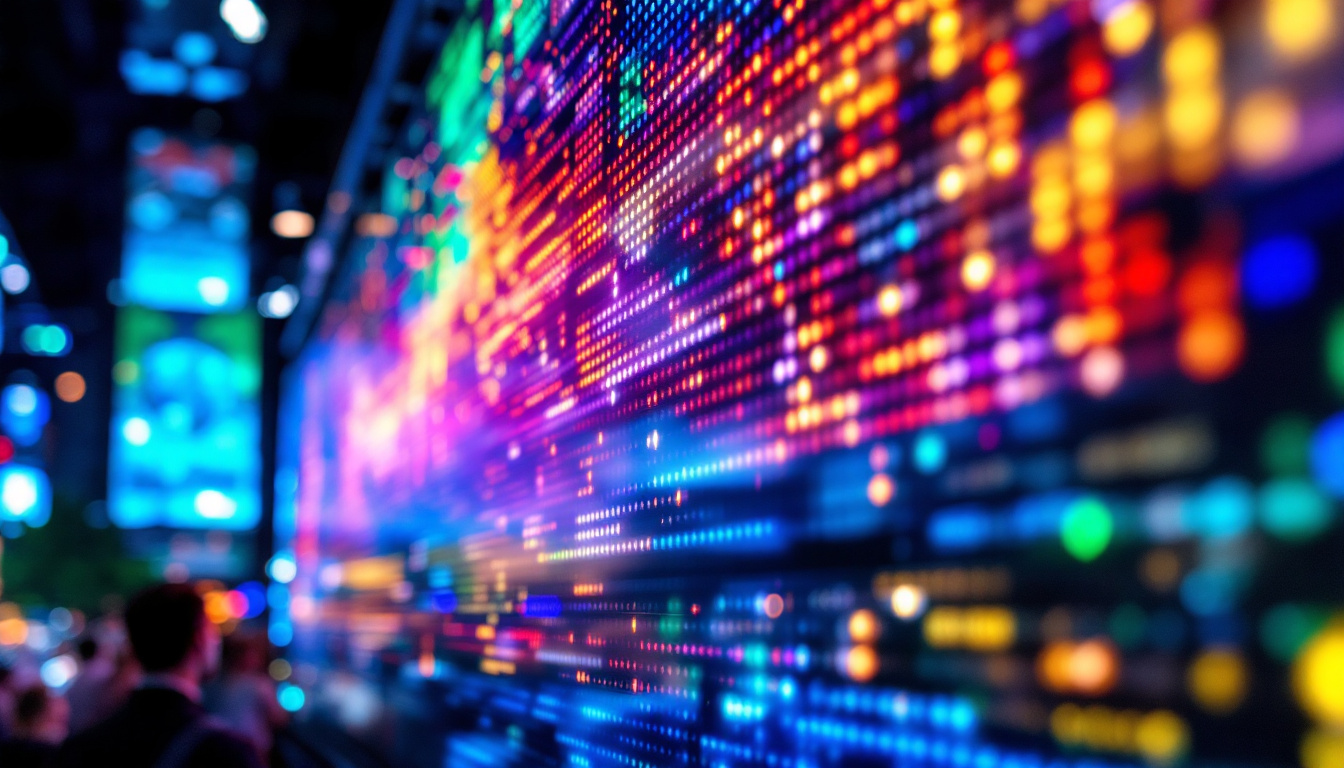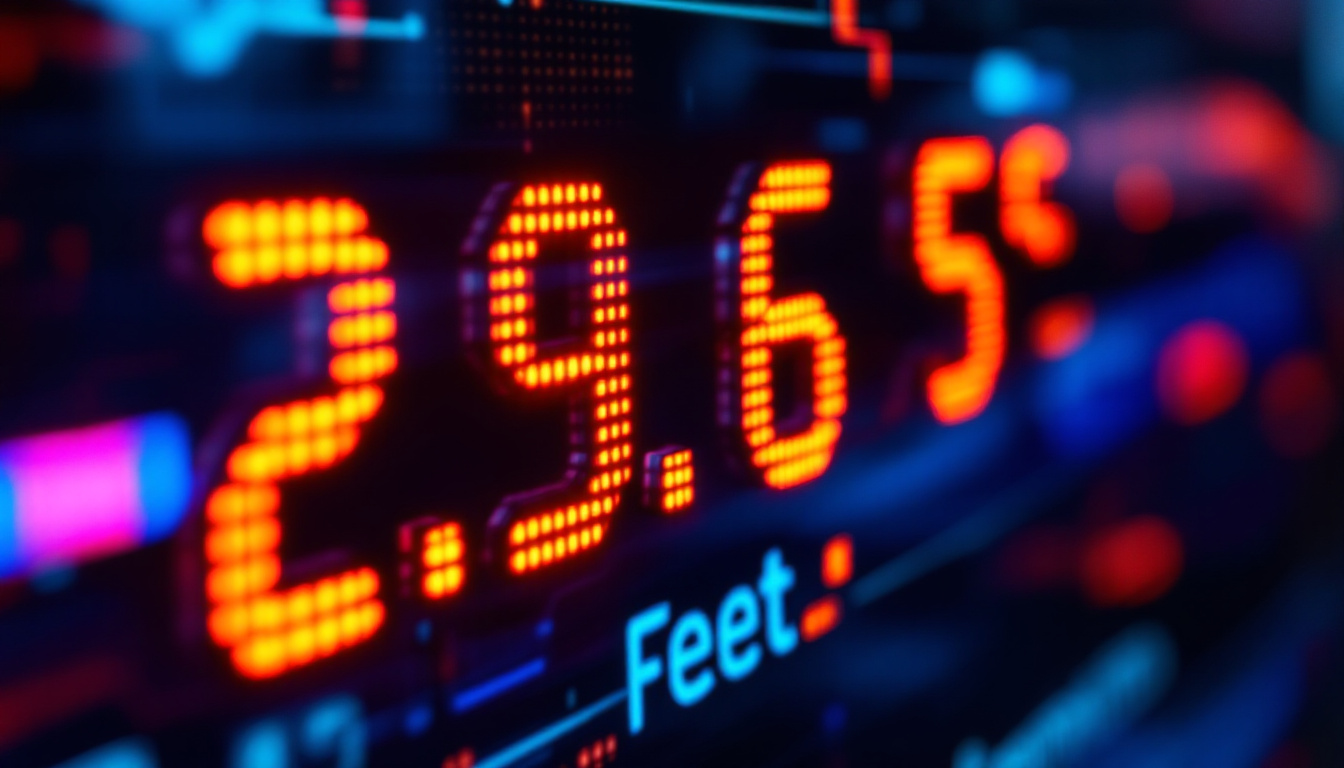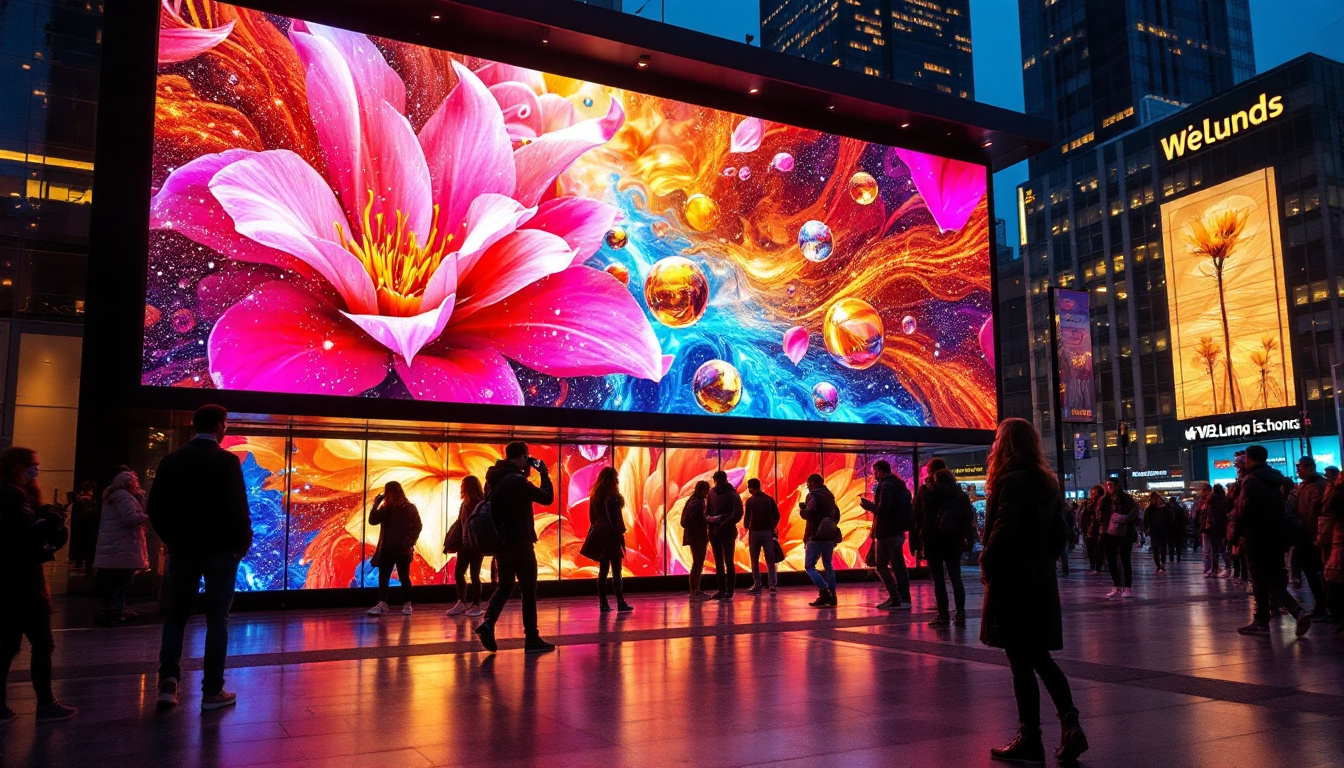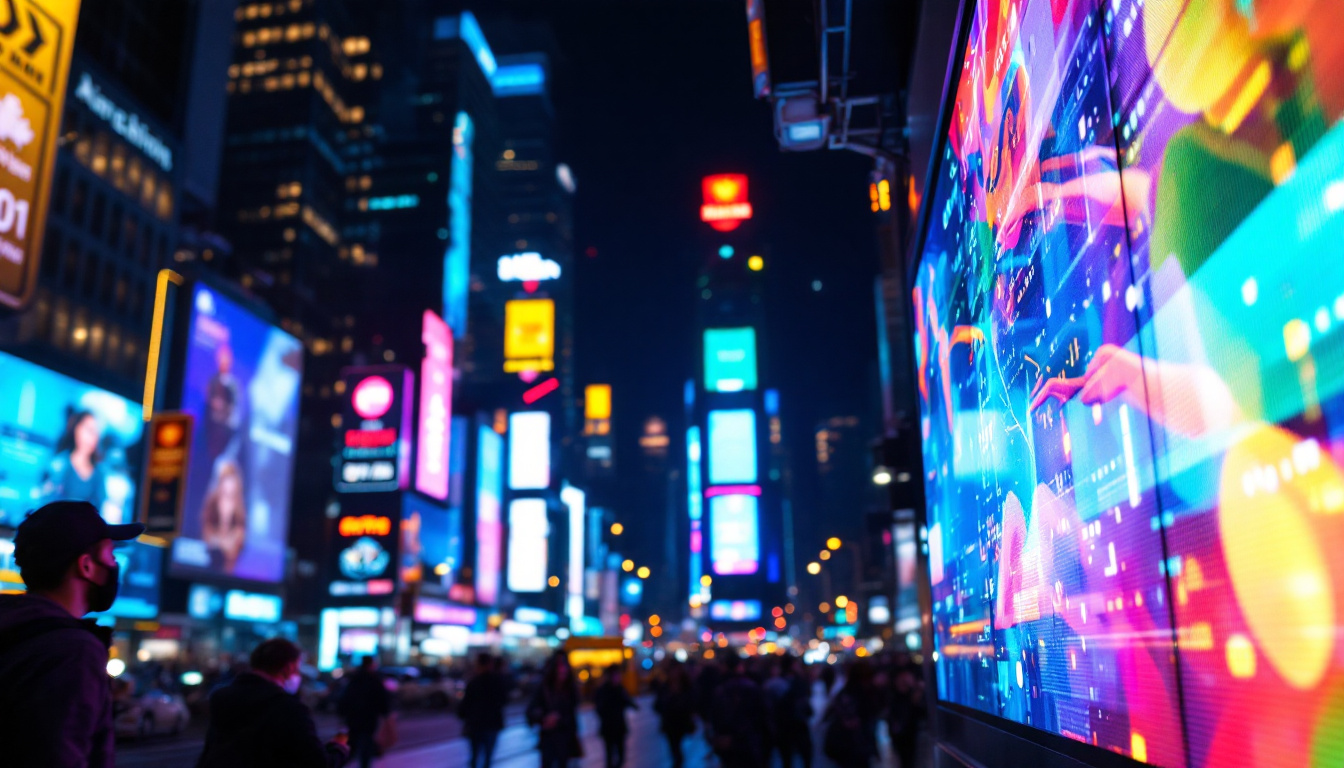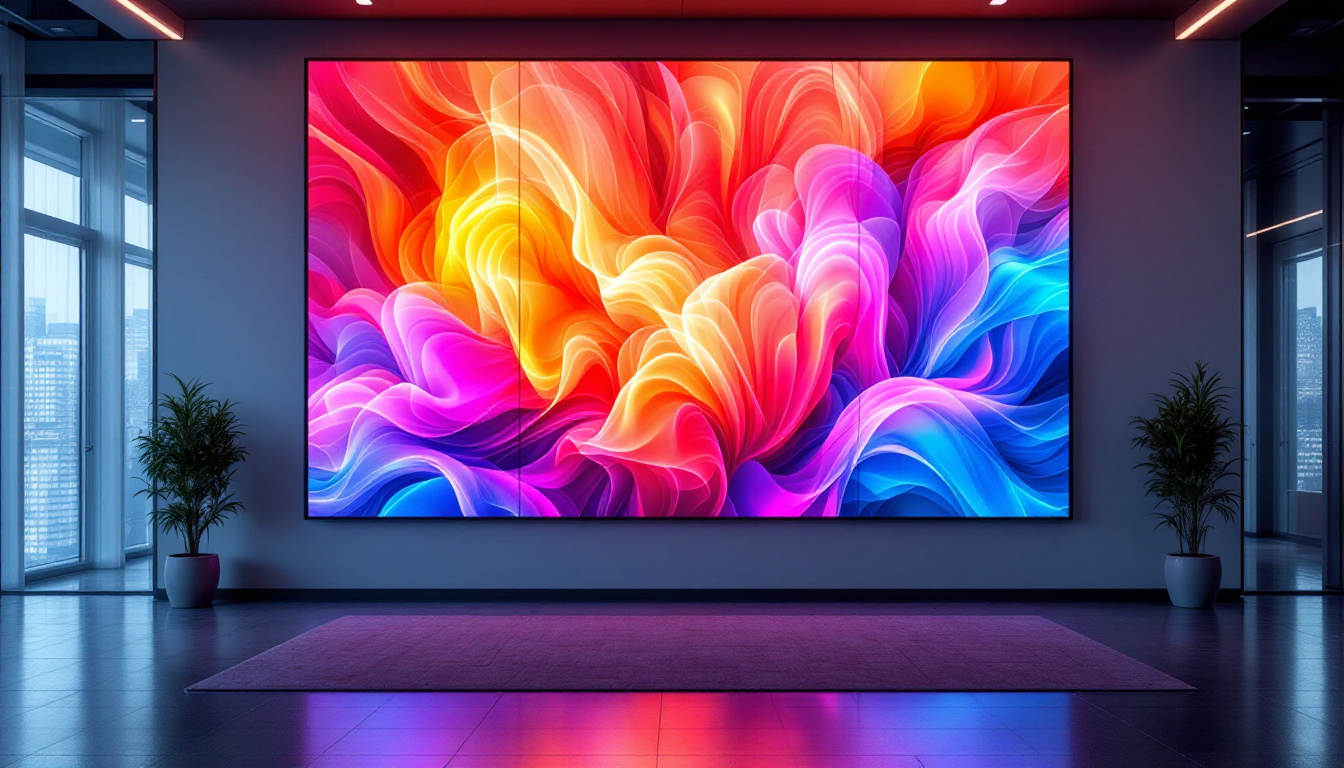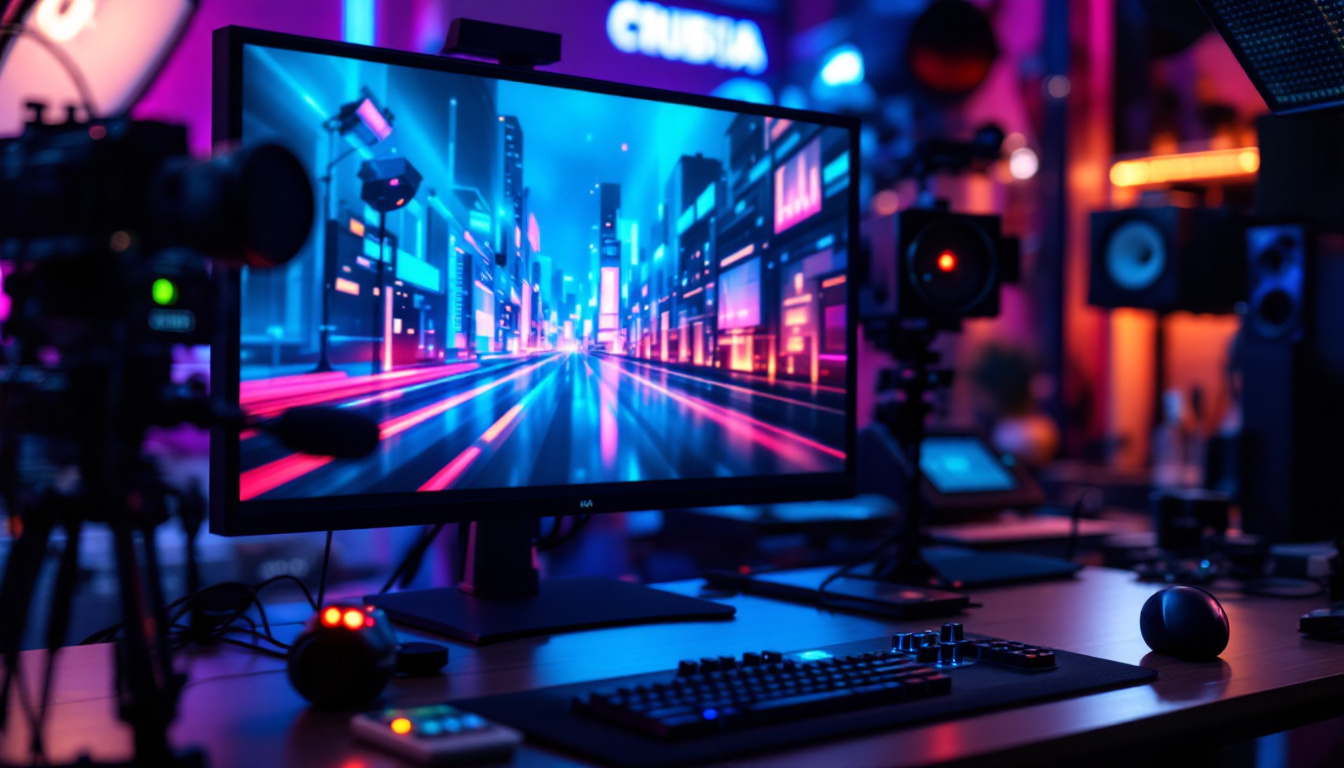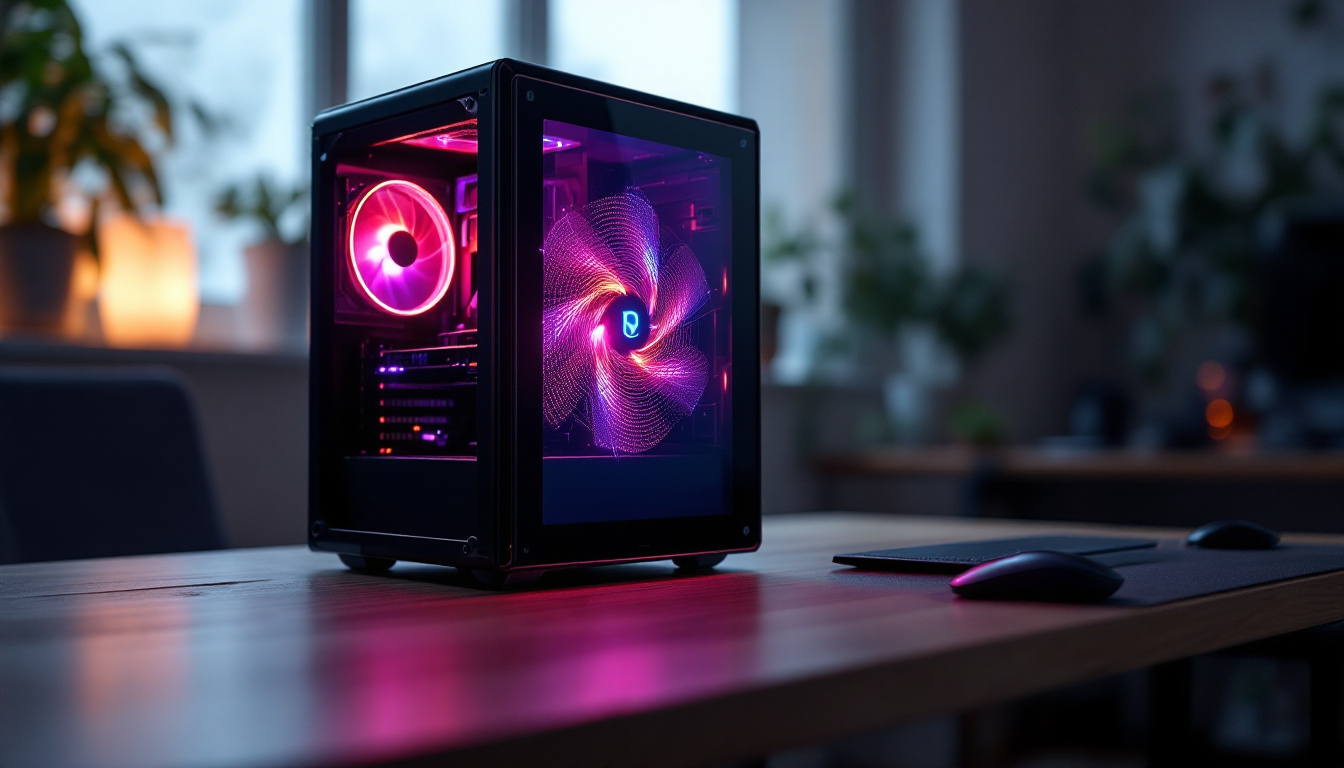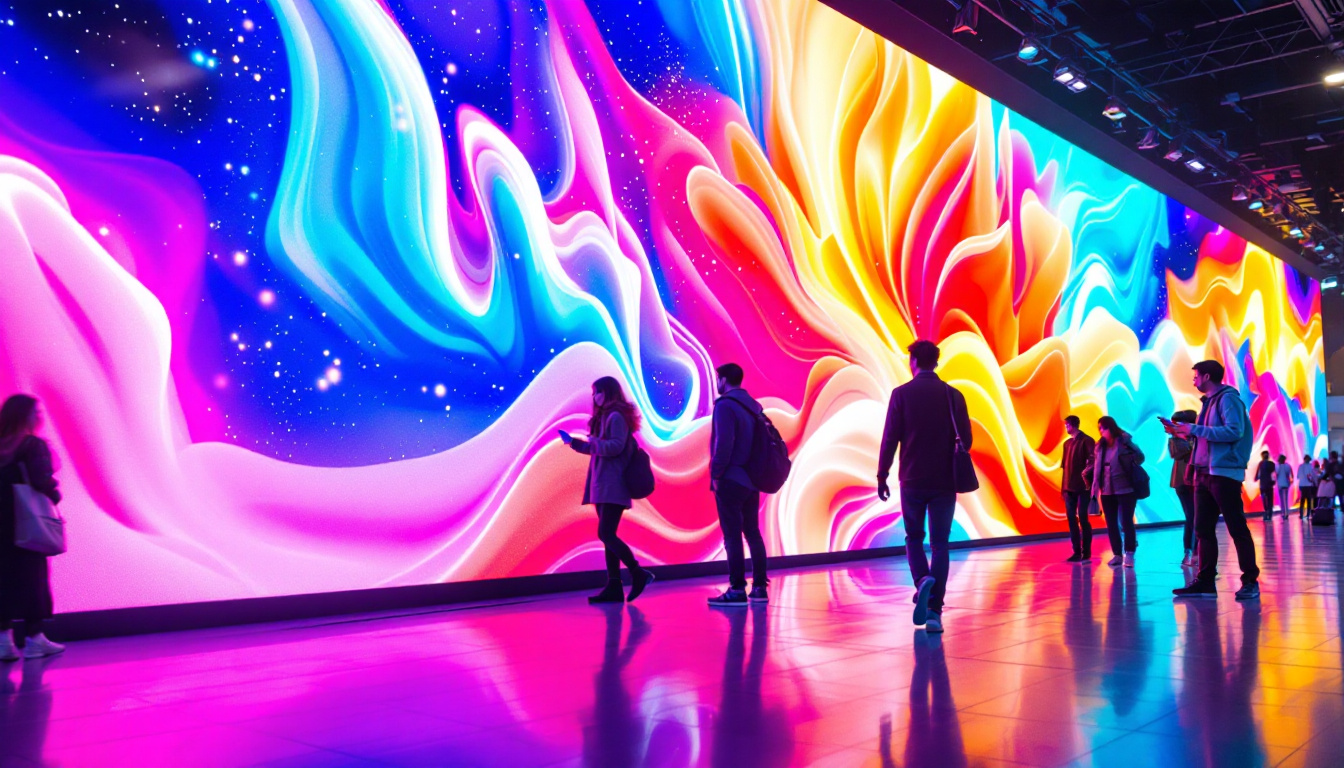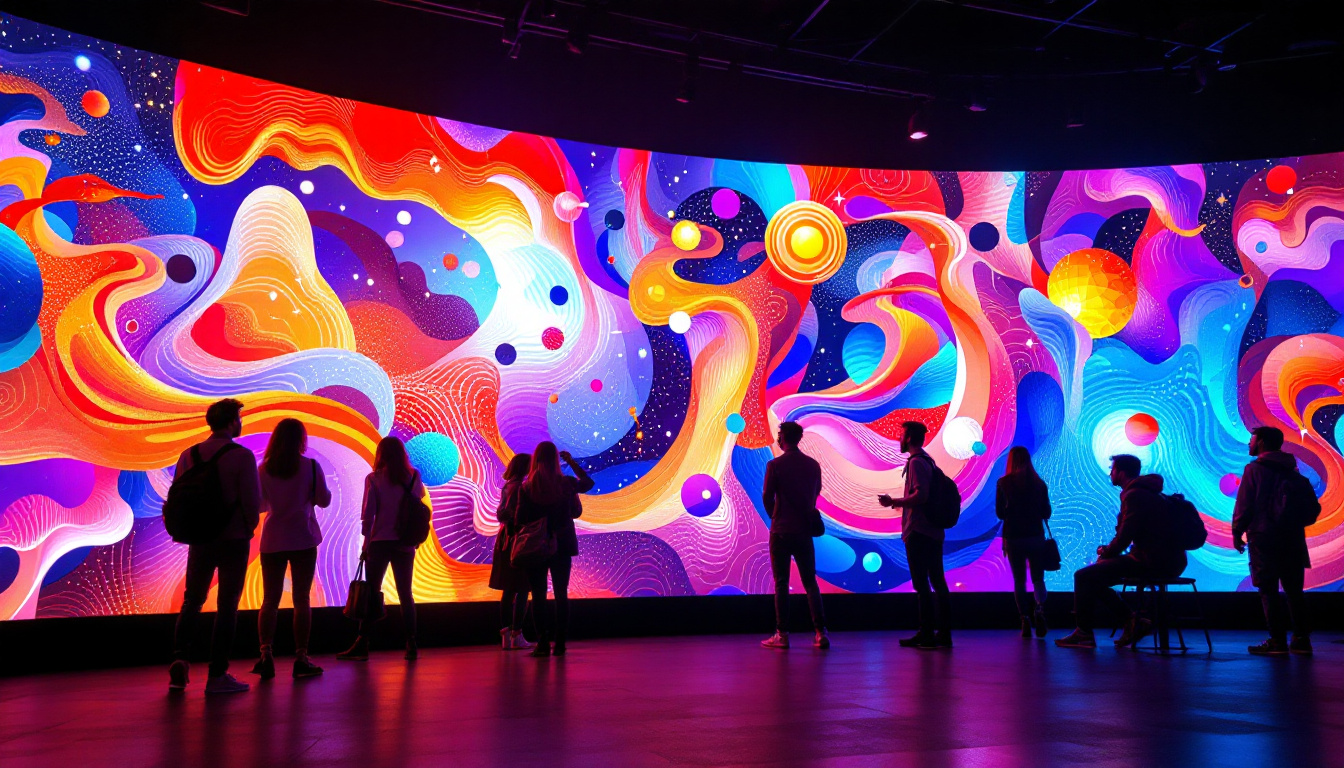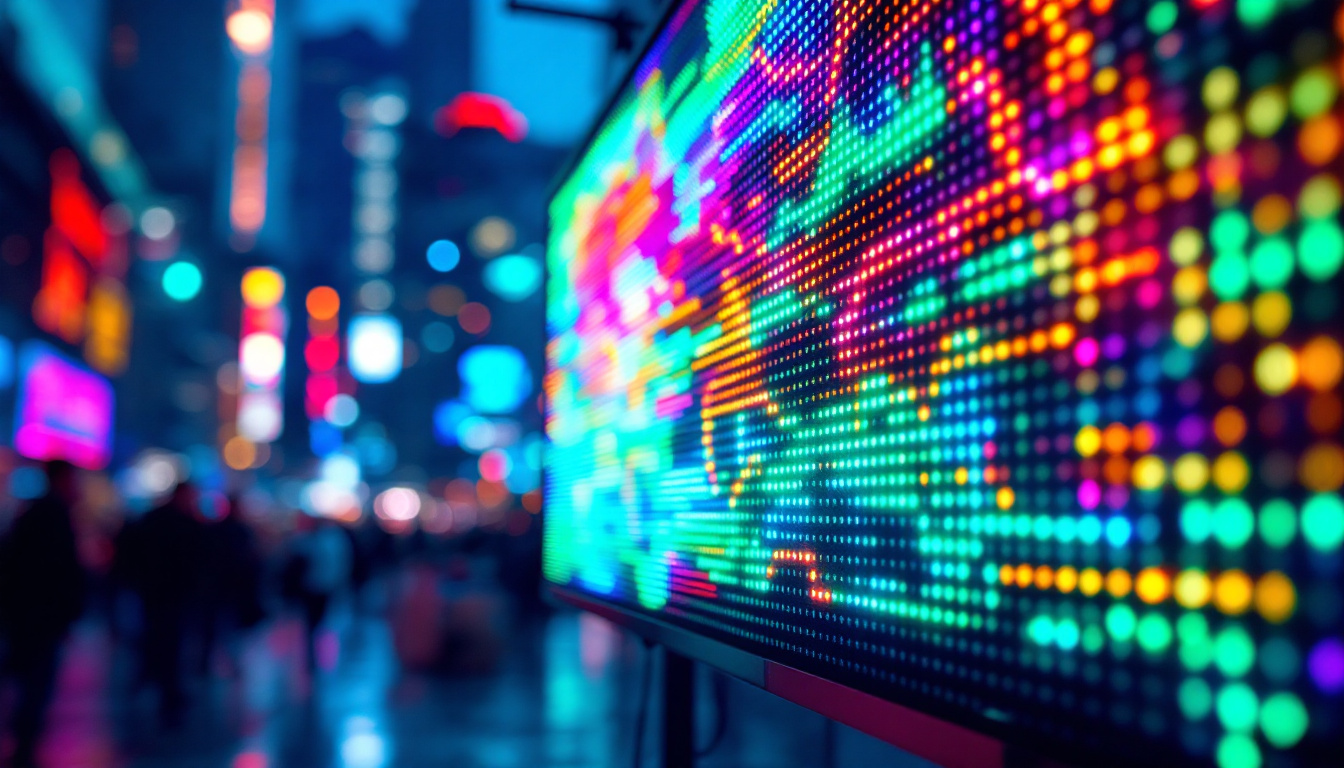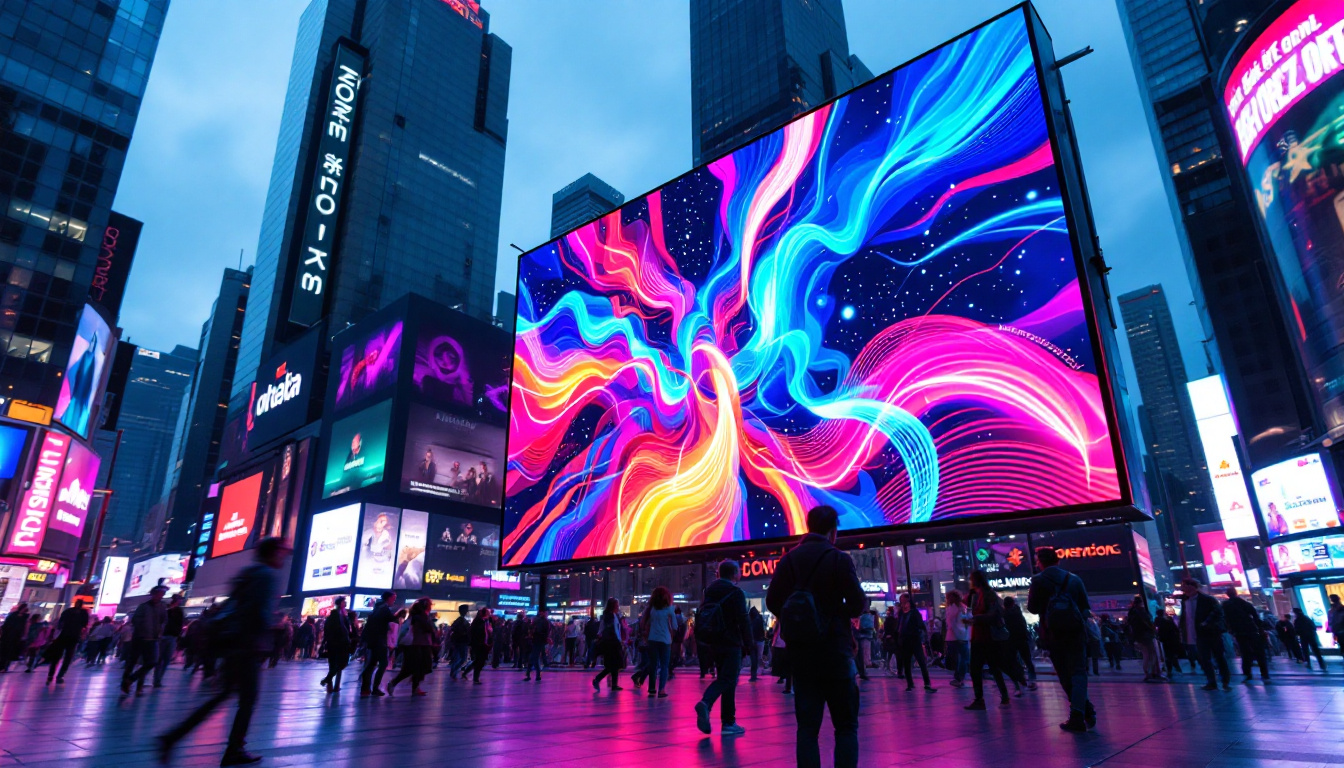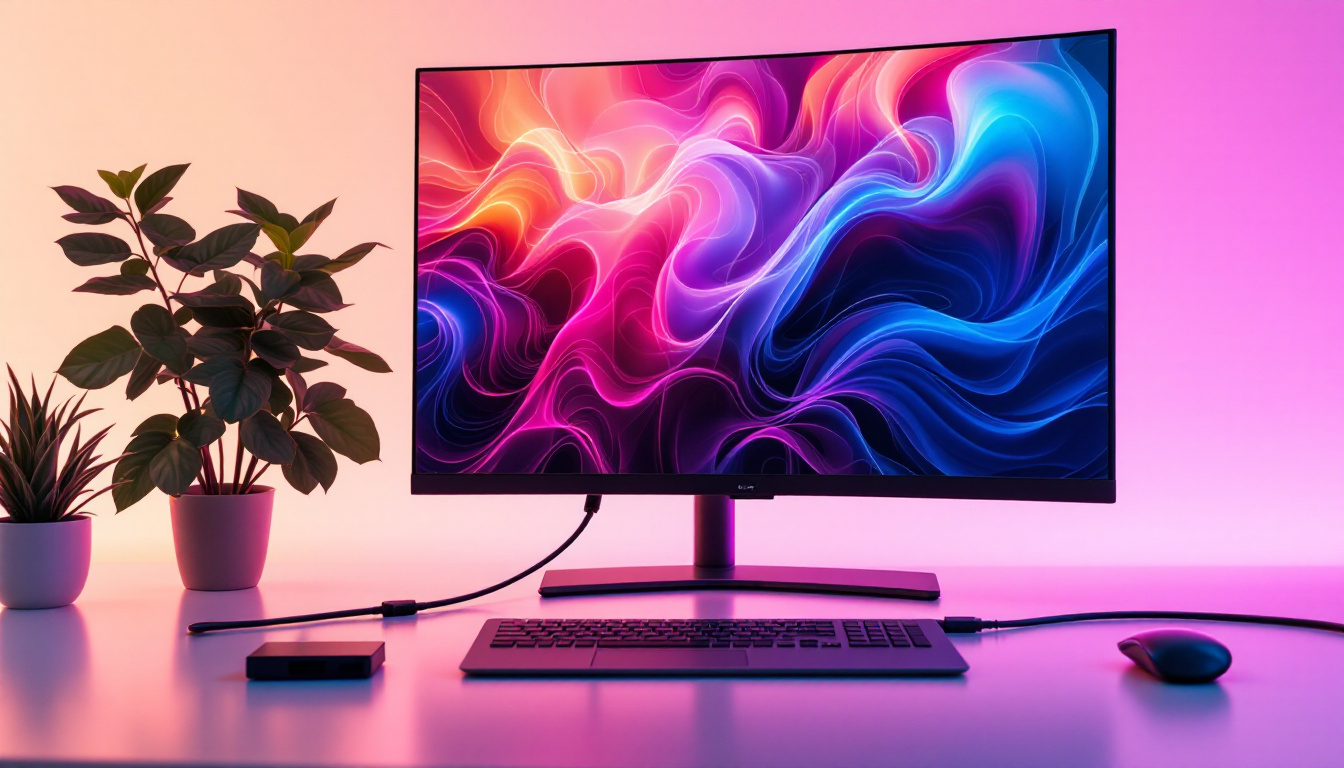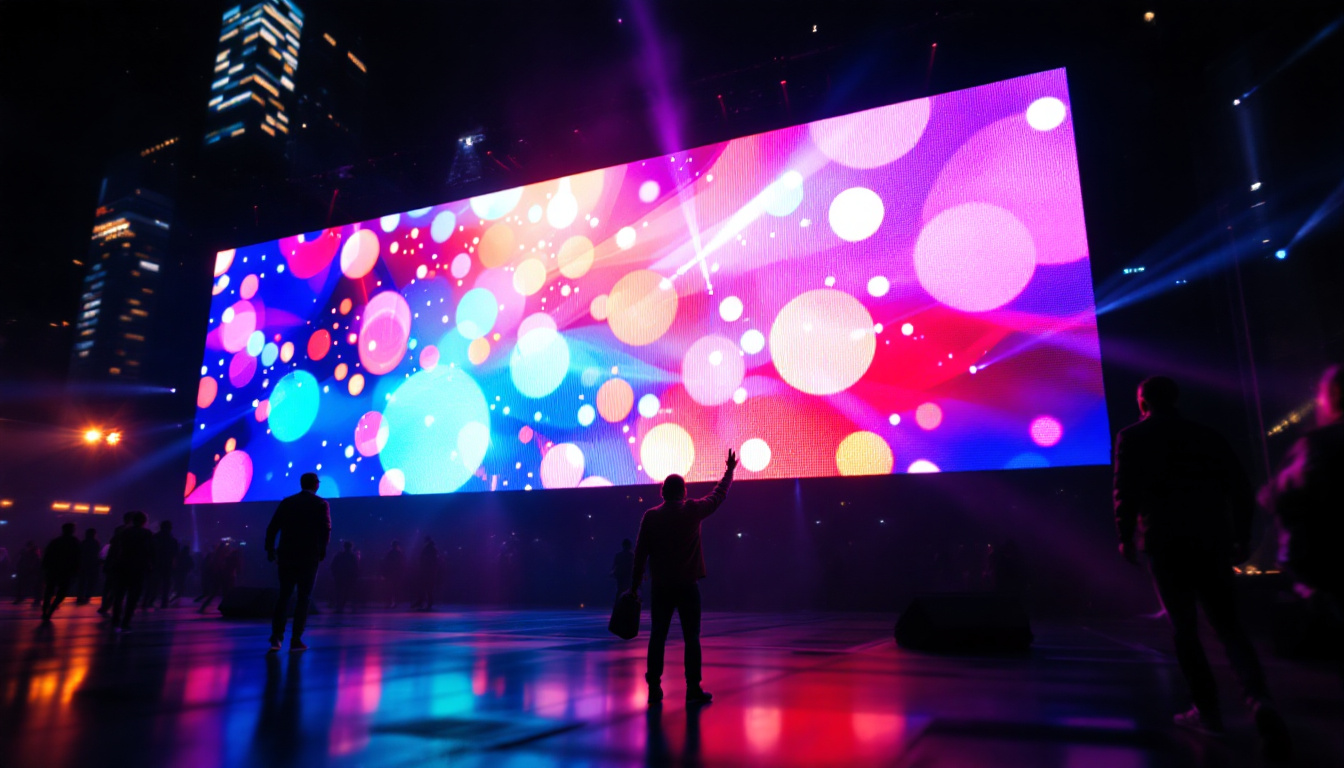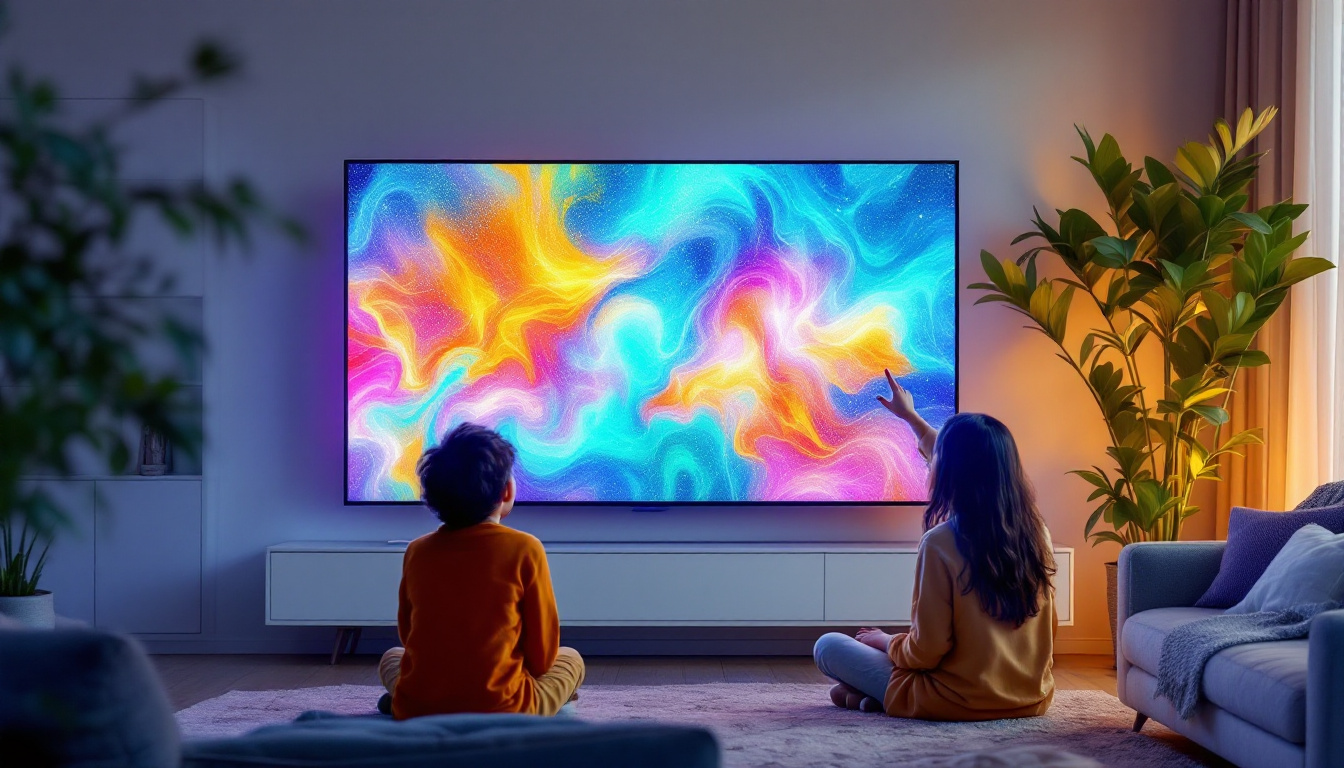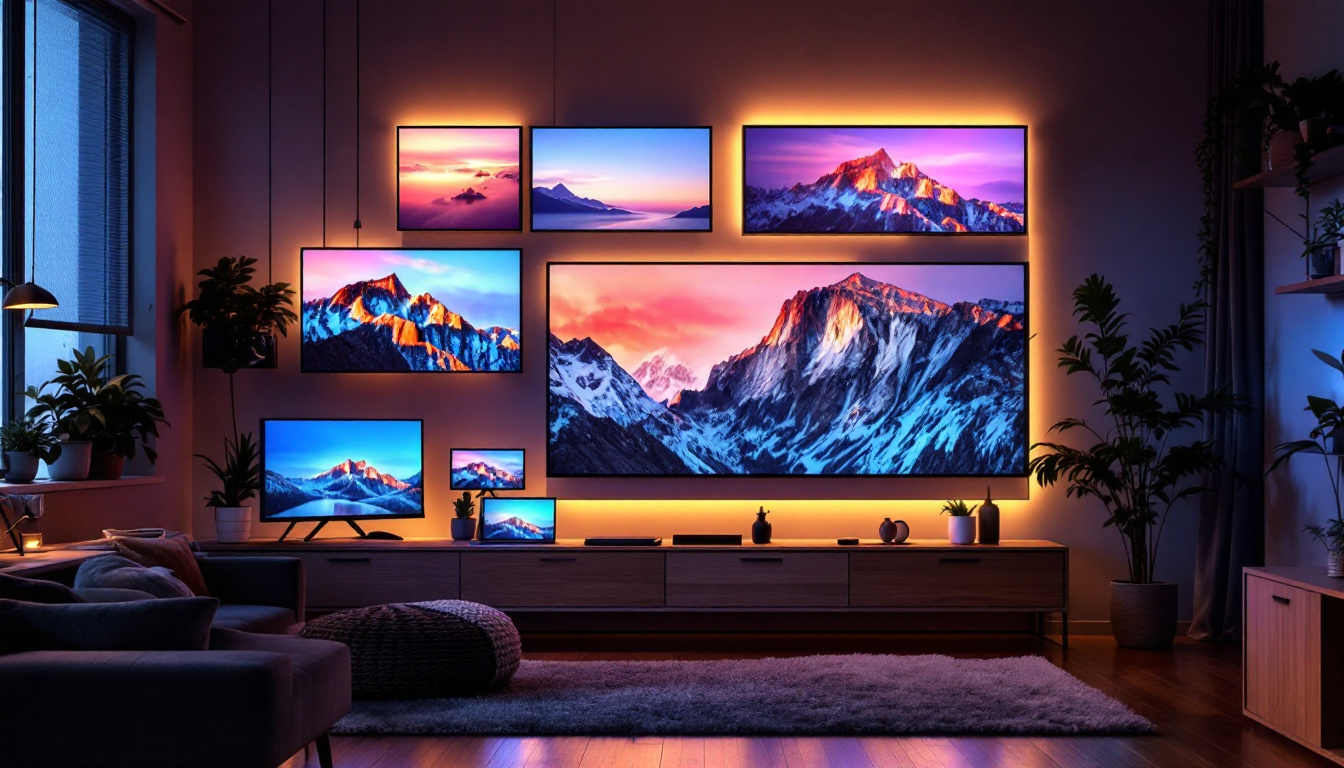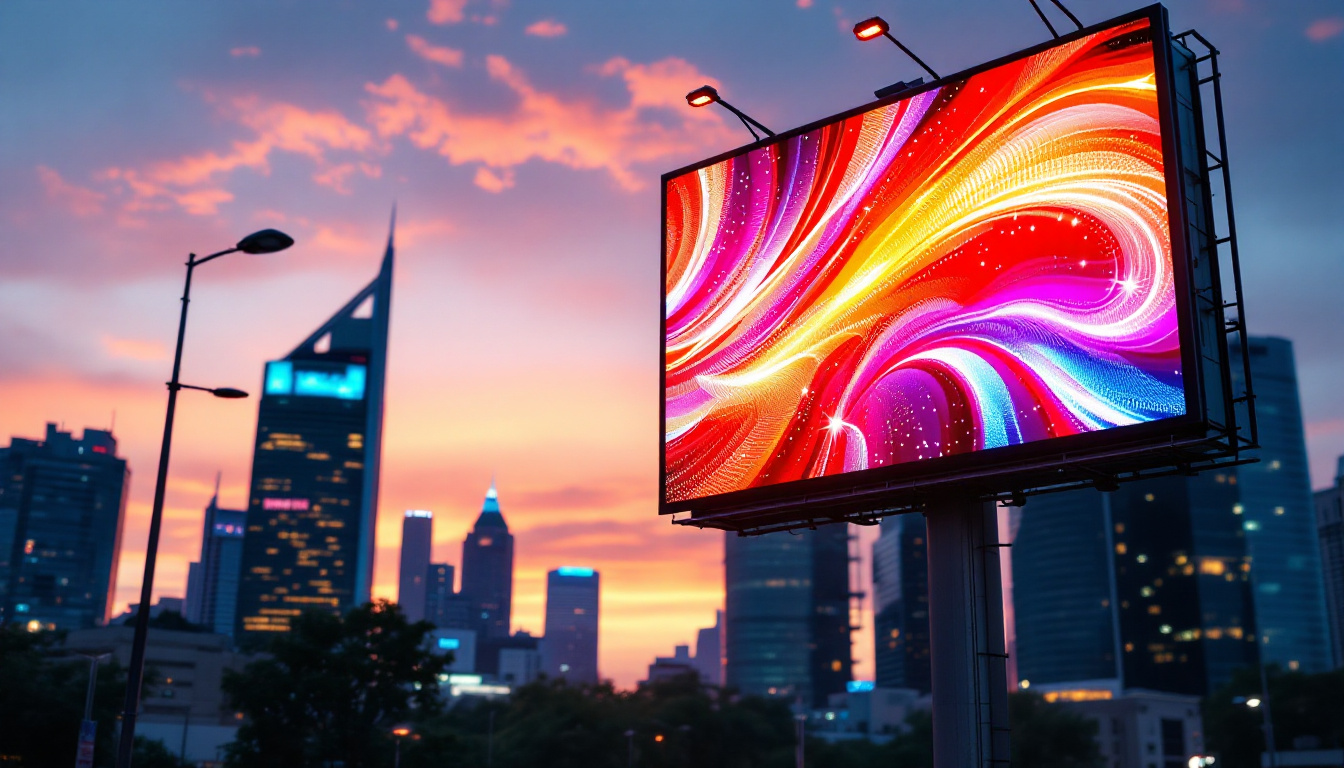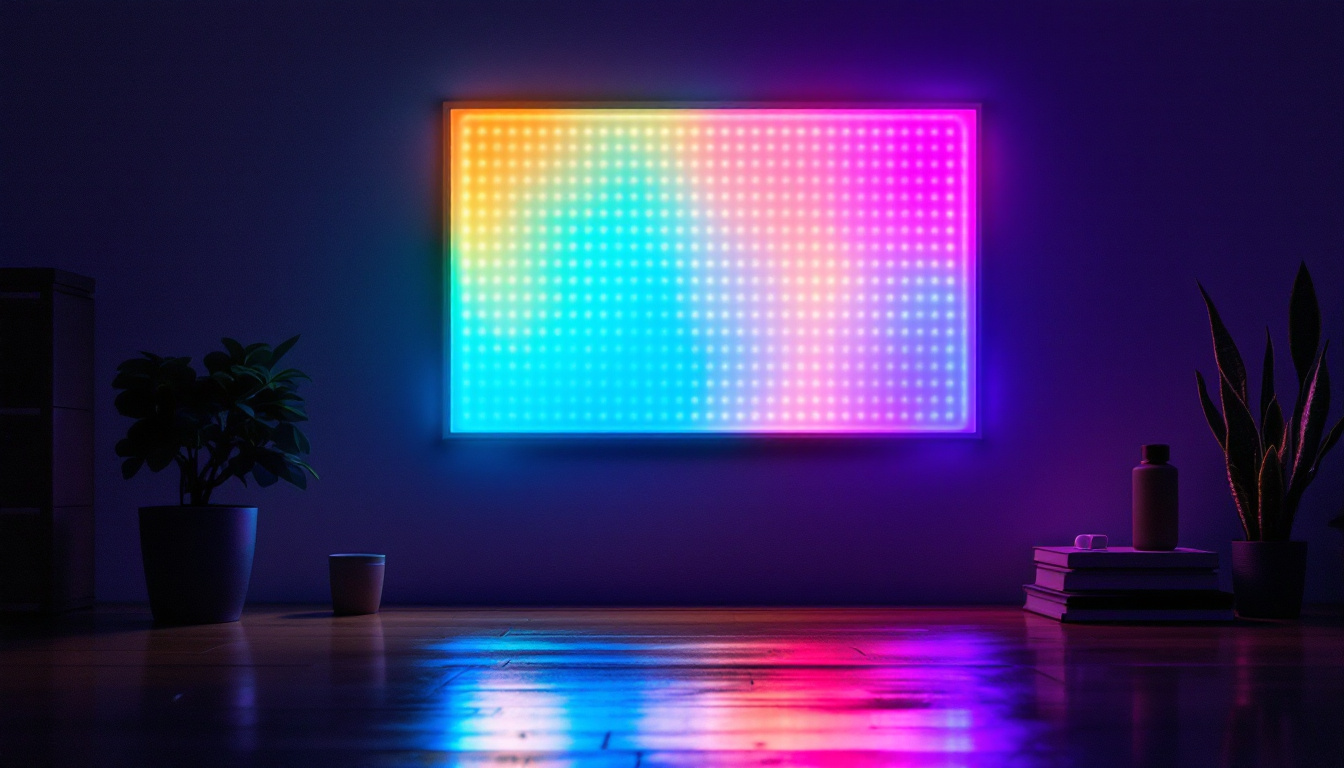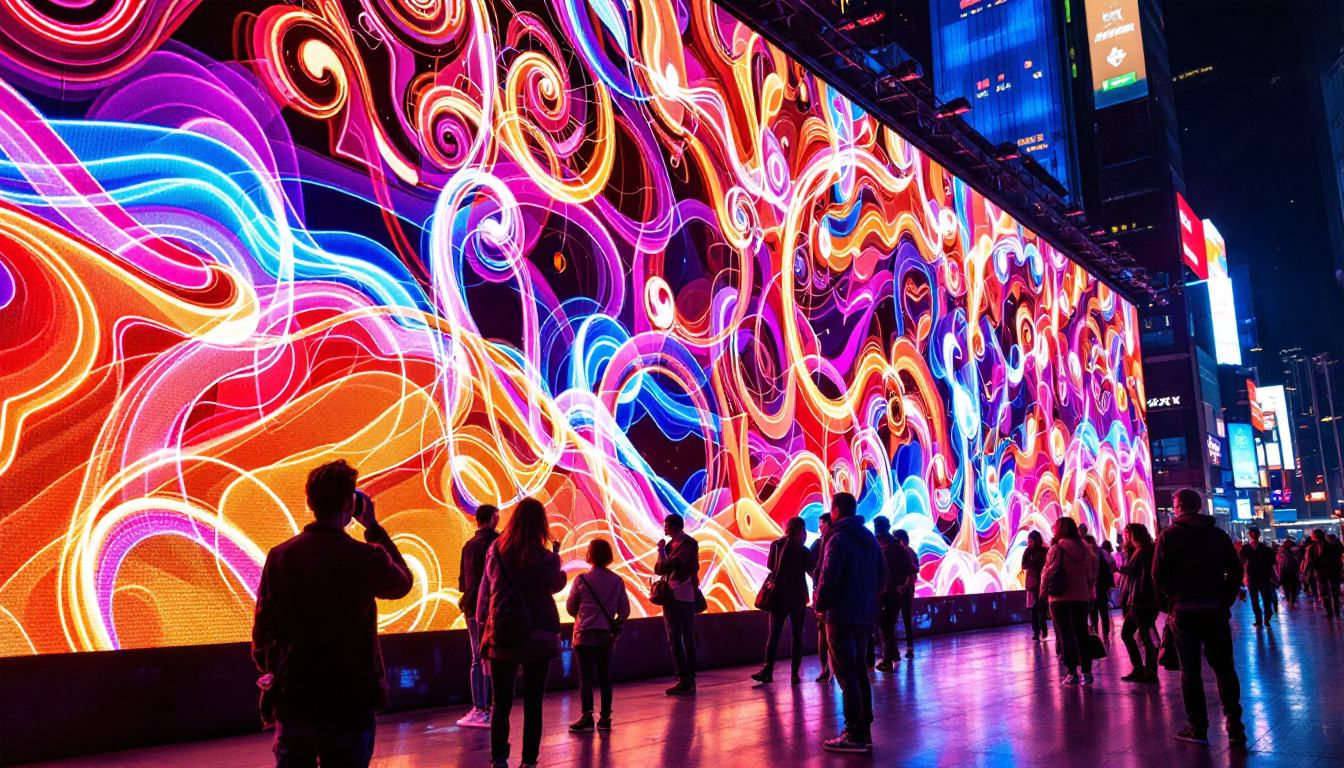In the ever-evolving world of technology, commercial display screens have become essential tools for businesses looking to enhance their visibility and communication strategies. Among various types of display technologies, LED (Light Emitting Diode) displays stand out for their versatility, efficiency, and vibrant visual quality. This article explores the features, advantages, applications, and future trends of LED display technology in commercial settings.
Understanding LED Display Technology
LED displays utilize an array of light-emitting diodes to create images and videos. Unlike traditional display technologies, such as LCDs (Liquid Crystal Displays) or CRTs (Cathode Ray Tubes), LED displays offer superior brightness and color accuracy, making them ideal for both indoor and outdoor use.
At the core of LED technology is the ability to emit light directly from the diodes, which leads to higher energy efficiency and lower operational costs. This characteristic has made LED displays increasingly popular among businesses, especially in environments where high visibility is crucial. Moreover, the longevity of LED technology—often lasting tens of thousands of hours—means that businesses can save significantly on replacement and maintenance costs over time.
How LED Displays Work
LED displays consist of numerous individual diodes arranged in a grid pattern. Each diode emits light when an electric current passes through it, allowing for precise control over brightness and color. The combination of red, green, and blue diodes creates a full spectrum of colors, enabling the display to reproduce vivid images and videos. This RGB color mixing is essential for achieving high-definition visuals that can captivate audiences in various settings.
These displays can be categorized into two main types: direct view and rear projection. Direct view LED displays are commonly used for billboards and large video walls, while rear projection systems are often found in conference rooms and retail environments, providing a more immersive viewing experience. Additionally, advancements in technology have led to the development of flexible LED displays, which can be bent and shaped to fit unconventional spaces, expanding the creative possibilities for designers and advertisers.
Types of LED Displays
LED displays come in various forms, each suited for specific applications. The most common types include:
- Indoor LED Displays: These are designed for use in controlled environments, such as shopping malls, airports, and conference centers. They typically have a higher pixel density, resulting in sharper images viewed from closer distances. Indoor displays often incorporate advanced features like touch interactivity, allowing users to engage directly with the content on the screen.
- Outdoor LED Displays: Built to withstand harsh weather conditions, outdoor displays are often used for advertising and information dissemination in public spaces. They feature a lower pixel density but are designed to be highly visible from long distances. Many outdoor models also come equipped with advanced brightness sensors that automatically adjust the display’s luminance based on ambient light conditions, ensuring optimal visibility at all times.
- Transparent LED Displays: These innovative displays allow light to pass through, making them ideal for retail environments where visibility is essential. They can be integrated into glass surfaces, providing a unique way to showcase products while maintaining an open feel. This technology not only enhances aesthetic appeal but also allows for dynamic advertising that can change in real-time, creating an engaging shopping experience.
Advantages of LED Displays
LED displays offer numerous advantages over traditional display technologies, making them a preferred choice for many businesses. Understanding these benefits can help organizations make informed decisions when investing in display solutions.
Energy Efficiency
One of the most significant advantages of LED displays is their energy efficiency. Compared to older technologies, LED displays consume significantly less power, leading to lower electricity bills and a smaller carbon footprint. This efficiency is particularly beneficial for businesses that operate large-scale displays or require them to run continuously.
Furthermore, the long lifespan of LED diodes—often exceeding 50,000 hours—means that businesses can save on maintenance and replacement costs over time. This durability contributes to a more sustainable approach to commercial display solutions.
High Brightness and Visibility
LED displays are known for their exceptional brightness, making them easily visible in various lighting conditions. This feature is especially important for outdoor applications where sunlight can wash out images on traditional displays. The high contrast ratio of LED technology ensures that colors remain vibrant and details are clear, even in bright environments.
For indoor applications, the ability to adjust brightness levels allows businesses to create the desired atmosphere while ensuring that content remains legible. This adaptability enhances the overall viewing experience for customers and clients alike.
Versatility and Customization
LED displays are highly versatile and can be customized to fit a wide range of applications. From large-scale video walls to smaller signage solutions, businesses can tailor their displays to meet specific needs. This adaptability extends to content management as well, with many LED displays supporting dynamic content that can be updated in real-time.
Additionally, the modular design of many LED displays allows for easy installation and configuration. Businesses can create unique shapes and sizes, enabling them to stand out in competitive environments. This level of customization is particularly valuable for branding and marketing efforts.
Applications of LED Displays
The applications of LED displays are vast and varied, spanning numerous industries. Their ability to convey information effectively and attract attention makes them a popular choice across different sectors.
Retail and Advertising
In the retail sector, LED displays serve as powerful marketing tools. They can showcase promotions, highlight new products, and create engaging visual experiences that draw customers into stores. digital signage powered by LED technology allows retailers to change content quickly, ensuring that messaging remains relevant and timely.
Outdoor LED billboards have transformed advertising strategies, providing businesses with the ability to reach large audiences. The dynamic nature of these displays enables advertisers to rotate messages, run targeted campaigns, and even interact with viewers through QR codes or social media integration.
Events and Entertainment
LED displays are integral to the events and entertainment industry. Concerts, festivals, and sporting events utilize large LED screens to enhance the experience for attendees. These displays provide real-time information, highlight performances, and create immersive environments through stunning visuals.
In addition to live events, LED displays are also used in theaters and cinemas to enhance the viewing experience. The ability to project high-quality images and videos in various formats allows for a more engaging atmosphere for audiences.
Corporate and Educational Environments
In corporate settings, LED displays are commonly used for presentations, meetings, and training sessions. Their clarity and brightness ensure that content is easily visible to all participants, regardless of room size. Many organizations also use LED displays for internal communications, displaying important announcements and updates in real-time.
Educational institutions have also embraced LED technology, using displays in classrooms, auditoriums, and common areas. These displays facilitate interactive learning experiences, allowing educators to present information in engaging ways that resonate with students.
Challenges and Considerations
While LED displays offer numerous benefits, there are also challenges and considerations that businesses must keep in mind when implementing this technology.
Initial Investment Costs
The initial investment for LED displays can be significant, particularly for larger installations. Businesses must weigh the long-term benefits against the upfront costs to determine if the investment aligns with their budget and goals. However, considering the energy savings and longevity of LED technology, many organizations find that the return on investment justifies the initial expenditure.
Content Management
Effective content management is crucial for maximizing the impact of LED displays. Businesses need to develop a strategy for creating, scheduling, and updating content to ensure that messaging remains fresh and engaging. This may require investing in content management systems or hiring professionals to manage digital signage.
Additionally, businesses must consider the design and layout of content to ensure it is visually appealing and easy to read. Poorly designed content can detract from the effectiveness of the display and may lead to viewer disengagement.
Future Trends in LED Display Technology
The future of LED display technology is promising, with several trends emerging that are likely to shape the industry in the coming years. Businesses should stay informed about these developments to remain competitive and leverage the latest advancements.
Advancements in Resolution and Pixel Density
As technology continues to evolve, LED displays are becoming increasingly capable of delivering higher resolutions and pixel densities. This trend allows for sharper images and more detailed visuals, enhancing the overall viewing experience. As consumer expectations rise, businesses will need to invest in high-quality displays to meet these demands.
Integration with IoT and Smart Technology
The integration of LED displays with Internet of Things (IoT) technology is another trend to watch. Smart displays can connect to various devices and sensors, allowing for real-time data analysis and dynamic content adjustment based on audience behavior. This capability enhances personalization and engagement, making LED displays even more effective as marketing tools.
Sustainability Initiatives
As sustainability becomes a focal point for many businesses, LED display manufacturers are exploring eco-friendly materials and production processes. The push for greener technology is likely to drive innovation in the industry, resulting in displays that not only perform better but also have a reduced environmental impact.
Conclusion
LED display technology has revolutionized the way businesses communicate and engage with their audiences. With their energy efficiency, high brightness, and versatility, LED displays offer a compelling solution for a wide range of applications. As technology advances and new trends emerge, businesses that embrace LED displays will be well-positioned to enhance their visibility and improve their communication strategies.
Investing in LED display technology is not just about keeping up with trends; it’s about leveraging powerful tools that can drive growth, enhance customer experiences, and ultimately contribute to a more successful business strategy. As organizations continue to explore the potential of LED displays, the future looks bright for this dynamic technology.
Discover LumenMatrix’s Innovative LED Display Solutions
Ready to elevate your business’s visual impact with the latest in LED display technology? Look no further than LumenMatrix, where innovation meets excellence. Our comprehensive range of LED display modules, from Indoor and Outdoor LED Walls to Custom and Transparent Displays, is designed to captivate your audience and amplify your message. Embrace the future of visual communication with LumenMatrix and transform the way you engage with your customers. Check out LumenMatrix LED Display Solutions today and experience the power of advanced digital signage.

